Girl’s Guide to Adopting a Pet
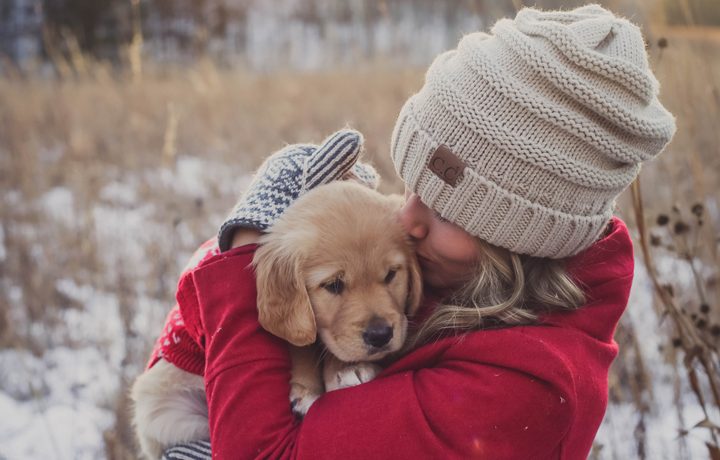
Adopting a pet is the best kind of altruism — a lifesaving act that yields the unconditional love only a pet can give. Before you bring home your new furry family member, research the species and breed you’re considering and think through how the pet will fit into your lifestyle.
Why is preparation so important? Consider this: a rescue or shelter pet has already lost at least one family; some have been abused or neglected. Returning a pet who isn’t a good fit for your family could hurt the animal’s emotional wellbeing and will be devastating for you.
More than just a pretty face
Julie Davidson, volunteer with Tara’s House Animal Rescue, notes that “potential adopters might see a cute photo and fall in love. But … that animal may not suit their lifestyle.” The animal’s temperament, energy level, and past experiences will determine whether she’ll fit in with your family. Read the online bio carefully. An “athletic” dog may be perfect if you plan to hike or jog with the dog. But if your brand of adventure involves curling up with a good book, look for a “couch potato.”
If you have young children, be sure the animal is comfortable with kids. Children often try to hug or pick up pets and make direct eye contact; this can be scary to some pets.

Prepare for a slow adjustment
What’s the number one rule to help your new pet adjust? Do not give him free run of the entire house on day one! It’s best to keep his world small initially. “Being newly adopted is stressful,” explains Davidson. “Give [the pet] a quiet place to rest and decompress.” Here are a few tips for the first week or two:
- A new cat should be kept in a separate room.
- A new dog should be either leashed (inside and outside) or in a separate room or crate.
- Use baby gates, leashes and close supervision to slowly and safely introduce the new pet to your other pets.
Don’t expect your kids to do all the work
Many parents envision their kids providing the bulk of a new pet’s care. Honestly, though, most kids aren’t ready for this kind of responsibility. Consider creating a “chore chart” for your child that includes some pet care, such as playing with the pet for 30 minutes each day.
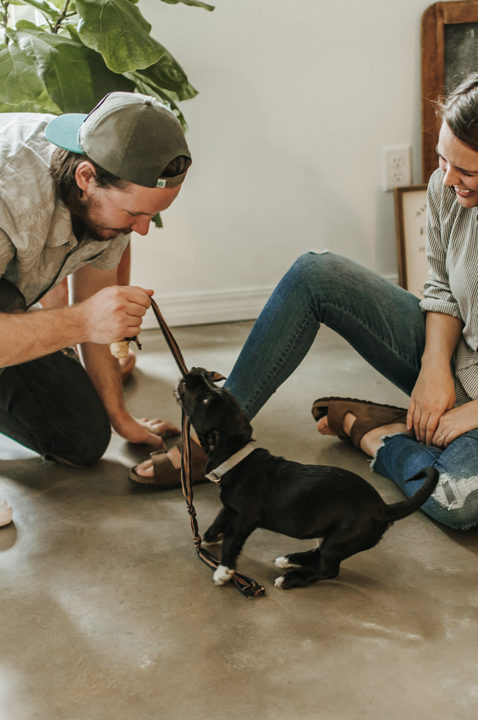
Understand the process
Each animal shelter and rescue organization has its own adoption process.
- The simplest processes are usually found at county-run animal shelters. Shelter staff may not know their animals as well as a rescue organization whose pets are in foster homes, but they care just as much about finding the best forever homes for their animals.
- Rescues typically require references and a home visit as part of the application process to ensure a good match and prevent returns. With all-breed dog rescues, cat rescues, and small animal rescues, you will generally be applying for a specific individual animal. Asking questions prior to submitting your application is usually encouraged.
- Rescues specializing in puppies or a particular dog breed have some of the most highly sought-after animals. They tend to receive many inquiries from people who are not serious adopters; this takes up limited volunteer time. So they might require you to submit an application (to show you’re a serious adopter) before answering your questions about a particular animal. When you apply to such a rescue, you’re really applying to be approved by the rescue, which will, upon approval, work with you to find the best match.
Once you’ve done your research, go ahead and have fun looking for that perfect fit. When you’re ready, click “apply.”
For more information and to start your search, check out these sites:
- http://petango.com/
- https://www.petfinder.com/
- http://www.ffocas.org/rs_rover_reboot.php
- https://www.petfinder.com/cats/bringing-a-cat-home/bringing-home-new-cat/
By Bette Brown
Bette Stallman Brown is president of Frederick Friends of Our County Animal Shelter (www.ffocas.org) and a volunteer at Frederick County Animal Control. She and her husband and daughter share their home with two cats and two dogs, all adopted from rescues or shelters.
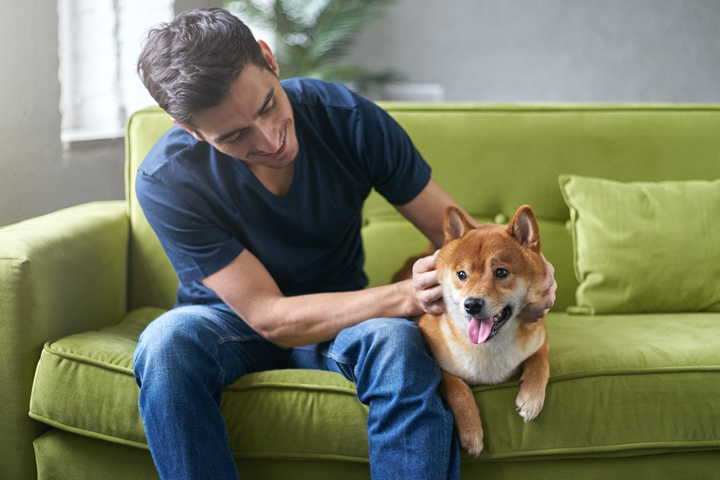







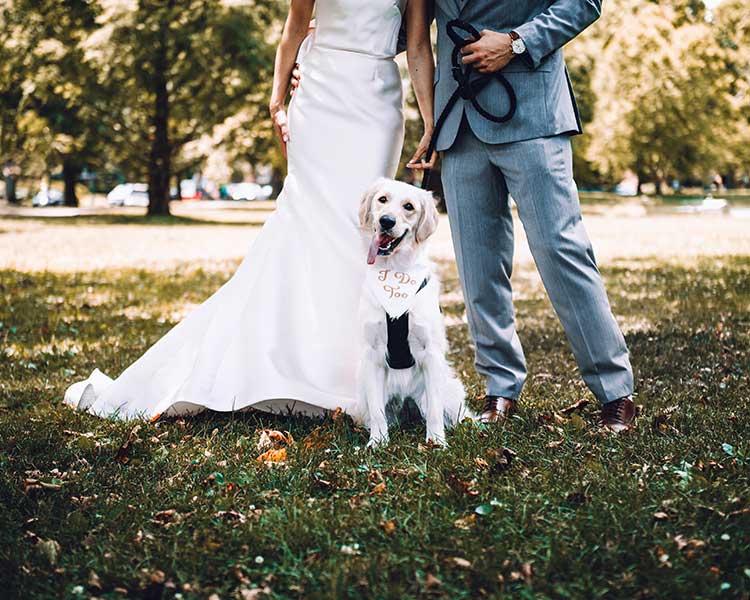
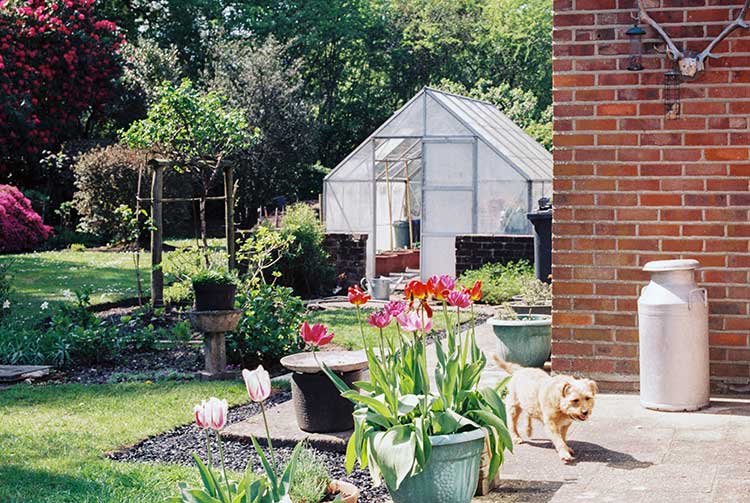
Leave a Reply